Understanding the Metaverse: Crypto’s Role
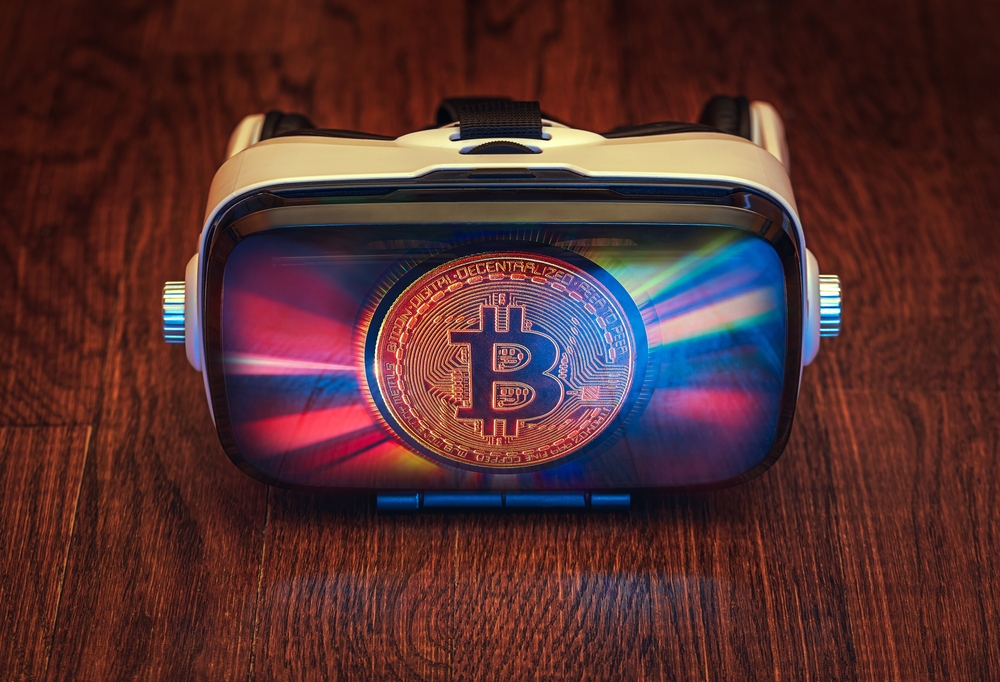
The internet as we know it is on the verge of a mind-blowing transformation—imagine a world where your digital life feels as tangible as your physical one. This isn’t science fiction; it’s the metaverse, a place where virtual reality and real-world possibilities collide in ways we’ve barely begun to understand. But here’s the kicker: cryptocurrency isn’t just a side player. It’s the engine driving this new digital universe, powering everything from ownership to commerce in spaces that don’t need a middleman. If you’ve ever felt unsure about how this all works or wondered why people are spending millions on virtual land or digital assets, don’t worry—you’re not alone. The lines between gaming, work, and social interaction are being completely redefined, and understanding crypto’s critical role in this shift could put you ahead of the curve. So, buckle up—this is more than just tech talk. It’s a window into what’s coming next.
What Are the Challenges of Understanding the Metaverse?

The term “metaverse” has been floating around a lot lately, but what exactly does it mean? For many people, it’s confusing. Is it just about gaming? Is it virtual reality (VR)? Or is it something entirely different? And honestly, where do cryptocurrency and NFTs fit into all of this? Lack of clarity on these topics often leaves people scratching their heads.
Making Sense of It All: Here’s What You’ll Learn
Let me make something clear right now: crypto isn’t just a part of the metaverse—it’s the economic backbone of it. For instance, platforms like Decentraland are already using tokens like MANA to enable transactions inside these virtual spaces. Think buying a virtual house or starting a digital art gallery. Sounds wild, right? But it’s happening.
And here’s the kicker: the metaverse thrives on decentralization. I’ll break down how this works and show you why having no single entity in control is so important to this revolution. Plus, you’ll learn about future opportunities that could make this knowledge super beneficial down the road. Sounds like something you’d want to know, doesn’t it?
Why Should You Care?
The metaverse isn’t just a tech buzzword; it’s already reshaping how we live, play, and do business online. Crypto is at the center of this evolution. For example:
- In the gaming industry, players use tokens to buy in-game assets or even trade them in the real world for money.
- Virtual real estate is becoming big business. Did you know someone paid over $2 million for virtual land in The Sandbox?
- Even companies in the fashion world are getting involved. Gucci, for example, has experimented with selling digital outfits for metaverse avatars.
If this all seems a bit futuristic right now, that’s because it is—but it’s also becoming reality faster than you think. And understanding how crypto powers this space could unlock massive opportunities for you, whether you’re an investor, a gamer, or just someone curious about where the internet is heading.
So, how exactly does the metaverse work? What makes it unique, and how does cryptocurrency play such a crucial role? Let’s explore that next. Trust me, you’ll want to keep reading.
What Is the Metaverse in Simple Terms?

Let’s face it—talking about the metaverse can get overwhelming. It sounds like something straight out of a sci-fi movie, doesn’t it? But stick with me, and I promise you’ll see how simple it really is.
A Virtual World Grounded in the Internet
Here’s the easiest way to picture it: The metaverse is like stepping into a fully digital universe. It’s powered by cutting-edge technologies like virtual reality (VR), augmented reality (AR), and—this is key—blockchain.
Imagine the internet, but instead of just staring at a screen, you’re inside it. This digital world lets you shop, attend events, create things, and interact with people—basically, you’re living a virtual life. Think of platforms like Decentraland or The Sandbox. These are early examples of metaverse spaces where users can roam, build experiences, and yes, even own digital real estate.
One statistic that might surprise you: By the end of 2023, it’s estimated that the metaverse economy could be worth over $800 billion. Big deal, right?
Crypto as Its Heartbeat
Here comes the magic: cryptocurrency. This isn’t just a digital world with fancy graphics—it’s also one that runs on a real economy, and at its core are tokens like MANA and Ethereum.
Picture this: You’re at a virtual art gallery, and you fall in love with a digital painting. How do you pay for it? It’s not cash or credit cards—it’s crypto. In platforms like Decentraland, MANA is the fuel for all transactions. Maybe you want to buy an outfit for your avatar, some land to build your dream house, or even tickets to a virtual concert—all of it happens through crypto tokens.
Why not other forms of payment like PayPal? I’ll get into that later, but here’s a hint: It’s because the blockchain changes everything.
Real-World Meets Virtual
The true beauty of the metaverse is how it blends the lines between the virtual and the real. Real people, real businesses, real interactions—all happening in an entirely digital environment that feels, well, alive.
Here’s a fun example: Earlier this year, a global brand hosted a virtual concert in Roblox’s metaverse world. Over 30 million people attended. That’s nearly double the size of Coachella’s audience in its entire history! Think about that—thousands of fans attending together, socializing, and experiencing the event, all from their homes.
And it’s not just entertainment. Fashion shows, job interviews, online classes, and even weddings… the metaverse is revolutionizing how we live. In fact, some companies are already holding meetings in virtual boardrooms to save time (and impress their clients).
“Technology gives us the power to turn dreams into reality—even if that reality is virtual.”
When we think about where this is going, it’s clear the metaverse is not just a fantasy land—it’s a whole ecosystem. But, you might be wondering… if crypto is running the show, why exactly does it matter so much here? Let me give you the answers you’re looking for in the next part.
Why Does Crypto Matter in the Metaverse?
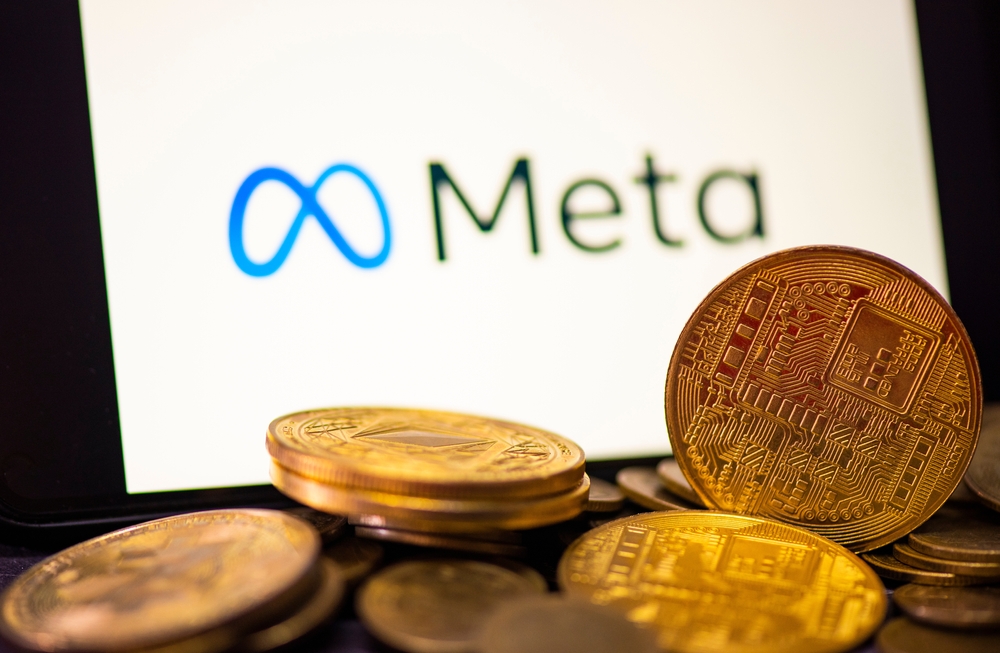
Ever asked yourself why we can’t just stick to dollars or PayPal for buying things in virtual worlds? It’s a fair question, but when you look closer, it’s clear: traditional tools just don’t fit in this new paradigm. The metaverse is where freedom, transparency, and innovation reign, and that’s why cryptocurrency is a perfect match.
Decentralization changes the game
One of the biggest reasons crypto matters in the metaverse is decentralization. Here’s the deal: in a decentralized system, no single company or entity owns the reins. This isn’t like PayPal, where your account can be frozen, or a traditional bank, where systems can fail. Instead, blockchain technology ensures that transactions are secure, global, and open for everyone to see.
Consider a platform like Decentraland. When you’re buying a virtual property there, the blockchain guarantees that it’s truly yours. No hidden terms, no risk of losing it because someone else controls the system. That sense of ownership and trust? You aren’t getting that with fiat currency in a centralized system.
Smart contracts: trust without middlemen
Crypto isn’t just about digital money—it’s about the technology behind it. Ever heard of smart contracts? These are self-executing agreements coded on the blockchain. They’re revolutionary because they eliminate middlemen.
Let’s say you decide to buy a virtual plot of land in the metaverse. With traditional methods, you’d need lawyers, agents, and heaps of paperwork. But with a platform powered by smart contracts—boom, it’s instant. The code itself handles the terms and ensures the transaction goes through seamlessly. It’s trust reimagined, and it’s all possible because of crypto.
For instance, in The Sandbox, every trade or transaction is backed by these contracts. No disputes. No delays. Simple, transparent, and secure.
Real ownership in the digital world
Here’s something massive to wrap your head around: crypto and blockchain make ownership real in a virtual space. Think about it—when you buy a skin in a game with fiat currency, you’re essentially just renting it. Once that game shuts down, it’s gone. But not in the metaverse.
Blockchain keeps a permanent record of your ownership. You buy a rare piece of art or virtual real estate? It’s locked in as yours, no matter what happens to the platform you’re on. That proof lives on the blockchain.
If you’ve ever traded NFTs, you already understand this. Platforms like OpenSea let you own not just pieces of digital art but also metaverse assets like unique game items or even properties. In a way, crypto turns digital items into something more tangible—it’s an entirely new way to think about value.
“The beauty of blockchain is that it lets us own something that’s entirely virtual—without ever needing to doubt it.”
So, why does all this matter now?
The metaverse is in its early stages, but the pieces are coming together fast. From gaming tokens and virtual land to NFTs, crypto is the economic foundation of this digital universe. And it’s moving quick. Imagine being part of something that’s reshaping how we think about ownership and commerce.
Still wondering how all these tokens actually work in the metaverse? Want to know which ones are leading the charge and opening up opportunities? Let’s check out some key crypto players in this booming space next.
Key Metaverse Crypto Tokens You Should Know
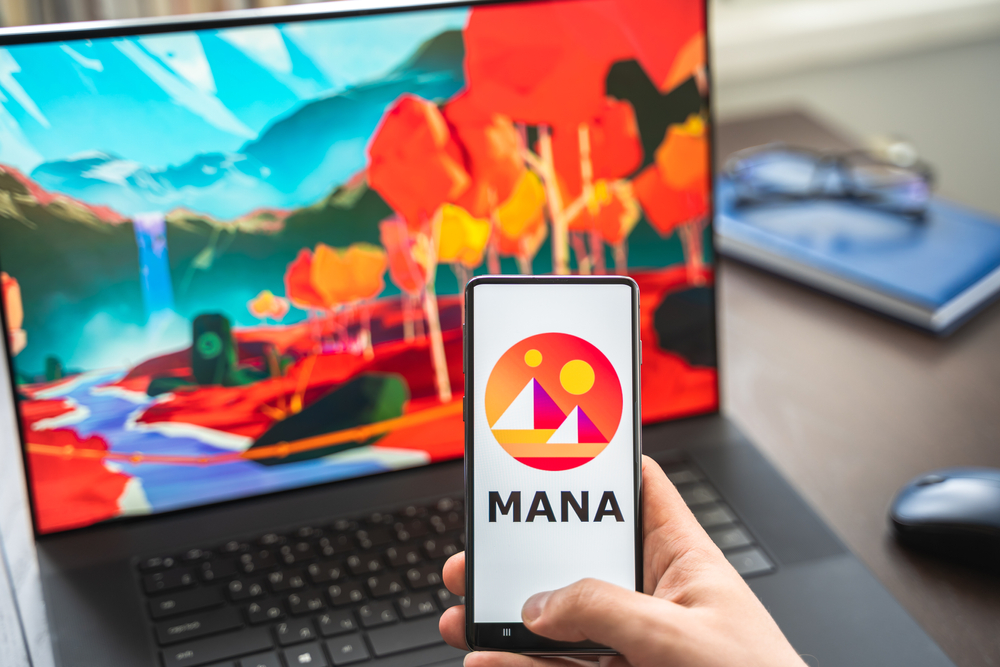
Let’s talk about the stars of the metaverse economy—the tokens that fuel its bustling digital universe. These aren’t just another set of cryptocurrencies; they are the foundational pieces that keep the gears of the metaverse turning. If you’re looking to better understand how value flows through digital spaces like virtual worlds and games, knowing these tokens inside out is essential.
MANA (Decentraland)
Ever thought about owning virtual land? Sounds a bit like sci-fi, right? But with MANA, it’s no longer just an idea—it’s a reality. MANA is the native token of Decentraland, one of the pioneers in metaverse real estate. Users need MANA to buy plots of land and build anything they dream up, from digital malls to homes for virtual meetings. This token fuels every trade happening in Decentraland’s universe.
Fun fact: In 2021, a plot of virtual land in Decentraland sold for a jaw-dropping $2.4 million. Yes, you read that right—a piece of code-valued real estate rivaled prime locations in major cities. It underscores how serious people are about staking their claim in a digital world.
SAND (The Sandbox)
Another heavyweight in the metaverse token game is SAND, the currency of The Sandbox. Imagine being both an architect and entrepreneur in a game-like world. The Sandbox lets users create, trade, and monetize their digital creations. It’s the Wild West of creative digital ventures, and SAND powers every transaction and interaction within its ecosystem.
Want to build a virtual casino? Launch a digital concert venue? SAND helps you turn these ideas into something real—without leaving your chair. Big brands like Atari and Snoop Dogg have already jumped in, creating exclusive experiences that rely on this fast-growing token.
AXS and Others
If you think gaming is all fun and no profit, think again. Tokens like AXS (Axie Infinity Shards) from the popular play-to-earn game Axie Infinity have turned gaming into a legitimate career path for thousands of players. With AXS, not only can you invest in the game’s governance but also cash in on your digital gameplay success.
Axie Infinity players in countries like the Philippines and Venezuela have even reported earning more from Axie rewards than traditional jobs at certain times. How’s that for gaming redefining livelihoods?
And it’s not just AXS. Emerging players like ENJ (Enjin Coin) are powering entire ecosystems where creators can tokenize their digital assets—think custom swords for games or one-of-a-kind collectibles.
Why Do These Tokens Matter?
Each of these tokens is woven into the fabric of its metaverse. They aren’t just currencies; they’re tickets into immersive worlds, enabling everything from buying land to showcasing art. They’re also opening new opportunities for businesses and individuals to innovate. As if that’s not mind-blowing enough, here’s a question that will leave you curious: What’s next for these tokens as industries beyond gaming start entering the metaverse? Keep reading to find out how the future is already unfolding.
What Does the Future Hold for Crypto in the Metaverse?
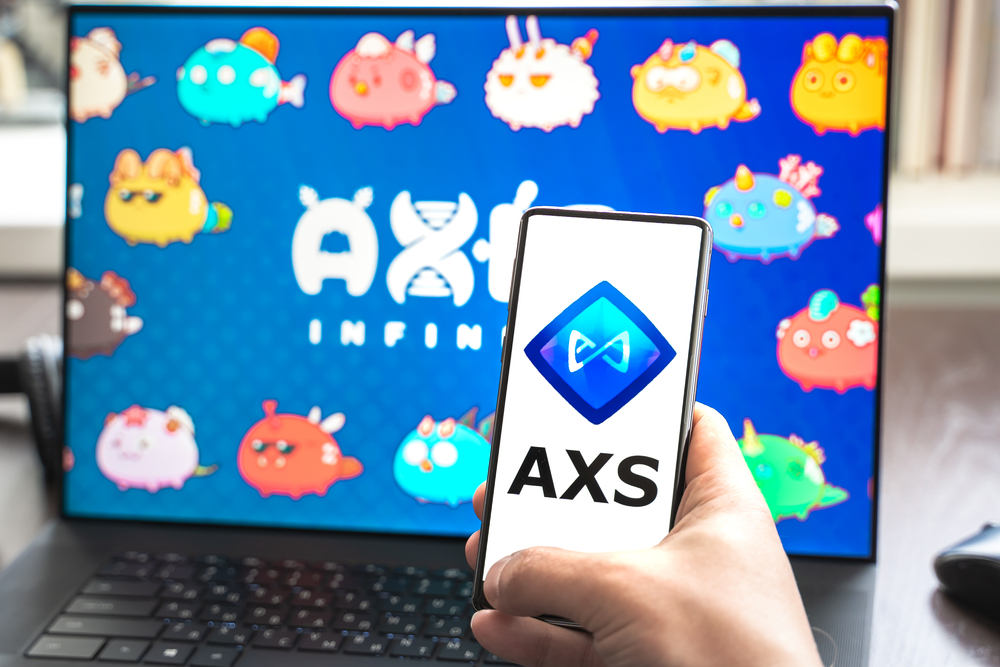
Let’s be honest—trying to predict the future is tricky, but the signs are too loud to ignore. Crypto’s role in the metaverse isn’t slowing down; it’s charging forward, opening new doors we couldn’t even imagine a few years ago. Want to know what’s coming next? Here’s how I see things shaping up.
Expanding Use Cases That Seem Out of Science Fiction
Picture this: walking into a virtual bank branch inside the metaverse to get a crypto loan or paying exclusively with tokens to access metaverse-only concerts and events. Sounds wild, right? But think about it—these use cases aren’t far off. The metaverse is blending with crypto to create services that wouldn’t even work in the real world.
Take virtual real estate as an example. You buy land in the metaverse using tokens like MANA, ETH, or SAND. But in the future, you might be renting out your digital property to businesses for virtual storefronts or to creators hosting events, earning passive income in crypto.
If you ask me, some of the biggest breakthroughs in this space will likely be tied to the gaming industry. A recent study by Chainalysis predicts gaming will double as a driver for crypto adoption in the next decade. Keep an eye on how games mix with metaverse experiences—you might see entirely new play-to-earn economies, not just buying and selling skins!
Big Names Are Already Playing the Game
When major companies start investing like it’s the gold rush, you know something’s brewing. Facebook rebranded itself to Meta, remember? And they didn’t stop there—they’ve poured billions into shaping the metaverse, with crypto likely to become its lifeblood.
But it’s not just Meta. Companies like Nike and Gucci are building their presence too, selling digital clothing and assets backed by blockchain-based verification. Don’t believe me? Gucci sold a virtual bag for over $4,000 on the game Roblox in 2021. Yes, you read that right. People are already valuing virtual goods like real-world assets.
The beauty of this is the endless potential for crypto integrations. Imagine paying for a one-of-a-kind digital sneaker using tokens or investing in a limited-edition digital jacket that you can keep or sell—just like physical collectibles.
Money-Making Opportunities You Haven’t Considered
The metaverse isn’t just about spending crypto; it’s about earning it too. Opportunities to make real income are popping up everywhere.
- Renting Virtual Land: Seriously! Some users are already leasing out their metaverse property to brands launching virtual stores or artists needing event spaces. For instance, Decentraland’s major districts have become hotspots.
- Becoming a Creator: Do you have a knack for 3D design? Virtual fashion, architecture, and even art pieces are selling for Ethereum-based tokens in NFT marketplaces. The demand is growing faster than you think.
- Starting a Virtual Business: Whether you offer virtual event planning services or create content, the options are limitless. Metaverse-exclusive businesses might rival traditional entrepreneurship models someday.
There’s never been a market quite like this. And sure, it’s early—but early movers often win big.
“The greatest danger in times of turbulence is not the turbulence—it is to act with yesterday’s logic.” – Peter Drucker
It’s a bold new world. And if you’ve ever wondered, “How will crypto completely reshape industries?”—you aren’t alone. Before we rush ahead, I can’t help but ask: What hurdles could block all these exciting opportunities from becoming mainstream? Stick with me—I’ll break those down next.
Challenges We Still Need to Solve

The metaverse is buzzing with opportunity, but let’s be real—there are hurdles we’ve got to clear before it becomes widely adopted. It’s not all shiny avatars and virtual concerts just yet. Let’s talk about what’s holding the metaverse back and why it matters to all of us dreaming about this digital future.
High Costs to Enter
Have you checked the price of a good VR headset lately? We’re talking anywhere from $200 to $1,000+. And don’t even get me started on virtual real estate – Decentraland recently saw a virtual plot sell for over $2.4 million. That’s not exactly “everyone-can-join” money.
For many, these costs create a boundary that shuts them out completely. Imagine the potential participants—students, independent creators, or just curious folks—left on the sidelines because they can’t afford the tech or the assets. If the metaverse is to truly grow, affordability will need a front-row seat in its roadmap.
But here’s the thing: these costs could become a huge opportunity for innovation. What will happen when tech companies figure out how to make VR and AR more accessible? And how does crypto come into play when it comes to lowering transaction fees compared to traditional payment systems? Think about that for a moment.
Complex Learning Curve
Let’s not kid ourselves—the metaverse isn’t an easy walk in the park. You need to understand crypto wallets, blockchain, NFT marketplaces, and even things like signing smart contracts. Does that sound straightforward? Didn’t think so.
This learning curve is leaving a lot of people scratching their heads. Imagine someone new trying to buy virtual land on The Sandbox. They’ve got to figure out how to get some SAND tokens, use a compatible wallet, and then navigate the platform itself—all before they even get to the fun stuff. It’s no wonder many people give up before they begin.
According to a recent study on metaverse challenges, one of the biggest barriers is confusion about how to get started. People are overwhelmed, and rightfully so. If easier user interfaces and better education tools come into play, the metaverse won’t just grow—it will thrive.
Regulation Concerns
We can’t ignore the elephant in the room: regulations. How will governments step in to control crypto and the metaverse economy? Some countries are friendlier toward this tech, like Singapore with its crypto-friendly laws, while others, like China, are quick to crack down. This messy and uncertain regulatory landscape causes delays and scares investors.
Take something as simple as owning virtual land. Can you keep it? What happens if laws change? Virtual real estate has the potential to revolutionize the market, but no one wants their hard-earned crypto investments to be in a legal gray area.
And let’s not forget security concerns. Without strong regulations and protections, scams and hackers can wreak havoc on unsuspecting users. Just like the early days of the internet, the metaverse needs better safeguards to build trust.
So, What’s Next?
We’ve got some big challenges ahead, but the metaverse is too exciting to give up on. The question is: How do you get started in this dynamic space without feeling overwhelmed? What if I told you the next section can make that step easier than you think?
How to Get Started with Crypto in the Metaverse
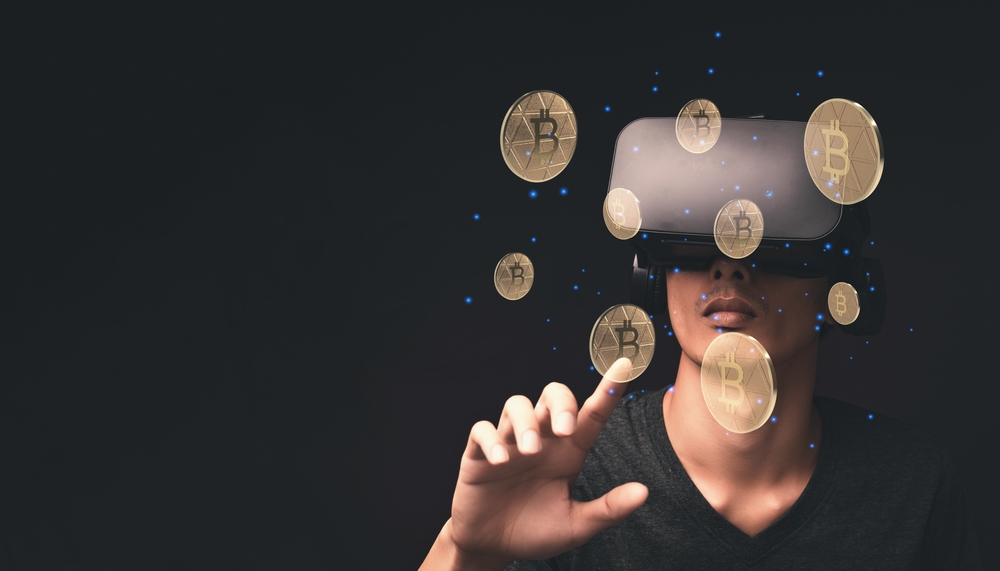
Are you feeling a mix of excitement and uncertainty about stepping into the metaverse? Trust me, it’s natural. The idea of living, creating, and trading in a virtual world powered by cryptocurrency can feel like magic, but getting started doesn’t have to be overly complex. Let me break it down for you—step by step—so you can confidently take your first steps in this new frontier.
Open a Crypto Wallet
The first thing you’ll need is a crypto wallet. This acts like your digital pocket where you store the tokens you’ll use in the metaverse, such as MANA, SAND, or ETH. Without a wallet, you’re essentially locked out of the action.
When picking a wallet, stick with those that are well-trusted and compatible with metaverse tokens. For starters, platforms like MetaMask or a hardware wallet like Ledger are reliable picks. Pick one that balances ease of use with security features, especially if you’re new to crypto. Remember, the metaverse is still a growing space, so securing your digital assets isn’t just a recommendation—it’s a necessity.
Choose a Platform to Explore
Let’s make this simple: don’t try to explore everywhere at once. Whether you’re looking to buy virtual real estate or attend virtual events, starting with a beginner-friendly platform is the best way to ease in.
- Decentraland: Perfect for those curious about digital land ownership or simply exploring what a decentralized virtual world looks like.
- The Sandbox: Great for experimenters and creators who want to explore gamified spaces, trade assets, or even create virtual businesses.
Both platforms are popular, established, and have active communities, making them ideal for someone new to this realm. They’ll give you a hands-on way to understand how the metaverse operates—and yes, how crypto fuels it.
Extra Tips to Play It Safe
If you’ve been eyeing the metaverse as an avenue for investment or creativity, it can feel tempting to rush in. But here’s the thing: this is still evolving. Taking calculated steps will protect you from potential pitfalls.
- Do your homework: Before committing to any metaverse project or buying tokens, research its credibility. Who’s behind it? Does it have a strong community? The answers are critical.
- Don’t skip security: Take your wallet passwords and private keys seriously. Treat them like gold because, well, they pretty much are in the metaverse.
- Stay aware of scams: Projects offering “too good to be true” returns or heavily hyped launches can sometimes be traps. If something feels off, trust your gut—and check reliable crypto resources.
An insightful quote to keep in mind:
“A fool and his money are soon parted. In the crypto world, ignorance isn’t bliss—it’s expensive.”
Your hard-earned money deserves to work for you, not disappear in the abyss of a rushed decision. Take time to study your options, understand the platforms, and become familiar with the token ecosystem surrounding the metaverse.
Ready to Go Further?
You’re officially equipped with the basics to start your journey in the metaverse. But once you’ve taken your first few steps, how do you keep growing, adapting, and learning? Are you looking for ways to avoid getting overwhelmed by the vastness of it all? Or maybe you’re wondering—how do you stay ahead without wasting time on unreliable info?
Here’s the thing: the next part will show you some powerful resources that’ll clear the fog and take your understanding to the next level. Curious to see what’s out there? Let’s check them out next.
Resources to Learn More

The metaverse and its intricate connection with cryptocurrency can feel like an endless maze of concepts, platforms, and tokens. But here’s the thing—having the right resources can untangle the mystery and build your confidence in this fast-evolving space. Let me share some trusted places to dig deeper. These sources don’t just scratch the surface; they take you right to the heart of what’s shaping this new digital frontier.
Why resources like these matter
I’ve got to be real here—if you want to keep up with the speed of innovation in the metaverse, staying up-to-date is not optional. Serious opportunities are popping up left and right, and these kinds of trusted resources will keep you in the know. For example, did you know there are already concerts happening in the metaverse with ticket sales powered by crypto? Missing updates like this could mean missing out entirely.
Beyond that, you’ll want to understand the mechanics of it all. For instance, when you read resources like the ones above, you’ll walk away knowing why tokens like MANA or SAND are crucial—not just as currencies but as the backbone enabling everything from virtual real estate ownership to in-game economies.
The metaverse-curious and the crypto-savvy are flocking to spaces that are only expanding. But where does this all lead? Curious about what’s next? Hold onto that thought—because we’re about to explore the new digital reality and why it could be your next big opportunity.
Crypto and the Metaverse: The New Frontier of Digital Living
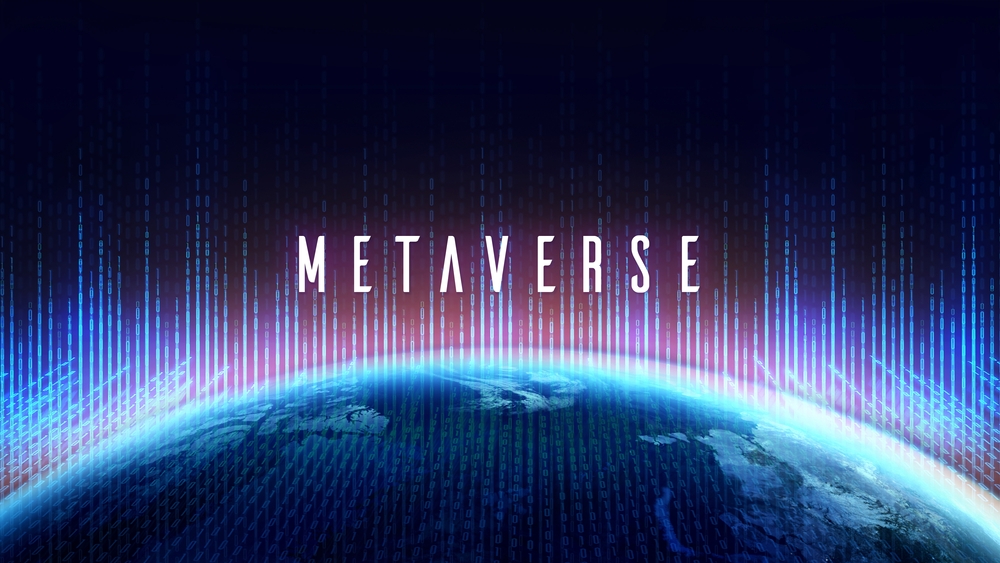
Alright, let’s wrap this up by talking about what really matters: what the metaverse and crypto mean for you. Forget the hype for a second—this is about how these two tech revolutions are changing the way we work, create, and even live. Whether you’re skeptical or excited, there’s no denying that the metaverse is creeping closer to becoming a part of our everyday lives.
What the metaverse could mean for you
This isn’t just for the gamers out there or people working in tech. The metaverse brings new ways to invest, interact, and do business. Want an example? Look at virtual real estate. Brands like Adidas are purchasing digital land in metaverse platforms like The Sandbox to build virtual stores. People are renting out plots on Decentraland for advertising and events. And yes, real money is being made—some virtual properties have sold for millions. That’s not a joke; it’s already happening.
Even if virtual real estate isn’t your thing, there are other opportunities. Artists and creators, for instance, are doing pretty well in this space. Digital artists like Beeple aren’t just making NFTs—they’re selling experiences by tying their art directly to metaverse platforms. Imagine showing your art in a virtual gallery attended by people from across the planet. That’s the level of exposure the metaverse unlocks.
Challenges will get easier
I get it—the metaverse and crypto can feel overwhelming. Between setting up crypto wallets, buying tokens, and figuring out how these virtual worlds even work, it’s a lot. But here’s the good news: the technology is getting better and easier to use. Just look at how platforms like MetaMask or Coinbase Wallet are simplifying the whole process of managing crypto—huge progress compared to just a few years ago.
Education helps, too. Universities are starting to explore courses on blockchain and metaverse economics. Plus, platforms themselves are getting better at guiding new users. The learning curve isn’t disappearing overnight, but it is definitely leveling out.
And then there’s regulation. Sure, buzzing headlines about governments cracking down on crypto might spook you, but consistent regulation can actually bring stability and trust. When people know the rules of the game, they’re more likely to join in. The fear of scams and security issues drops, making the whole ecosystem much more approachable.
The time to explore is now
Here’s the thing: the metaverse is still like the early days of the internet. It’s messy and full of unknowns, but it’s also a land of opportunity for those who are curious enough to check it out. Whether you want to invest, start a business, or just spend a few dollars to experience something cool, there’s something here for everyone.
Waiting until everything is perfect means you’ll risk missing the bus. Even dipping your toes into this world—buying a small plot, minting a low-cost NFT, or simply joining the conversations happening on these platforms—can give you a headstart. The future of digital living is being built as we speak, and crypto is at its core. Why wouldn’t you want to be a part of that?
So, where do you start? It’s simple—start small, stay curious, and keep learning. The metaverse and crypto aren’t trends that will just fade away; they’re the next frontier. Don’t let it pass you by.
